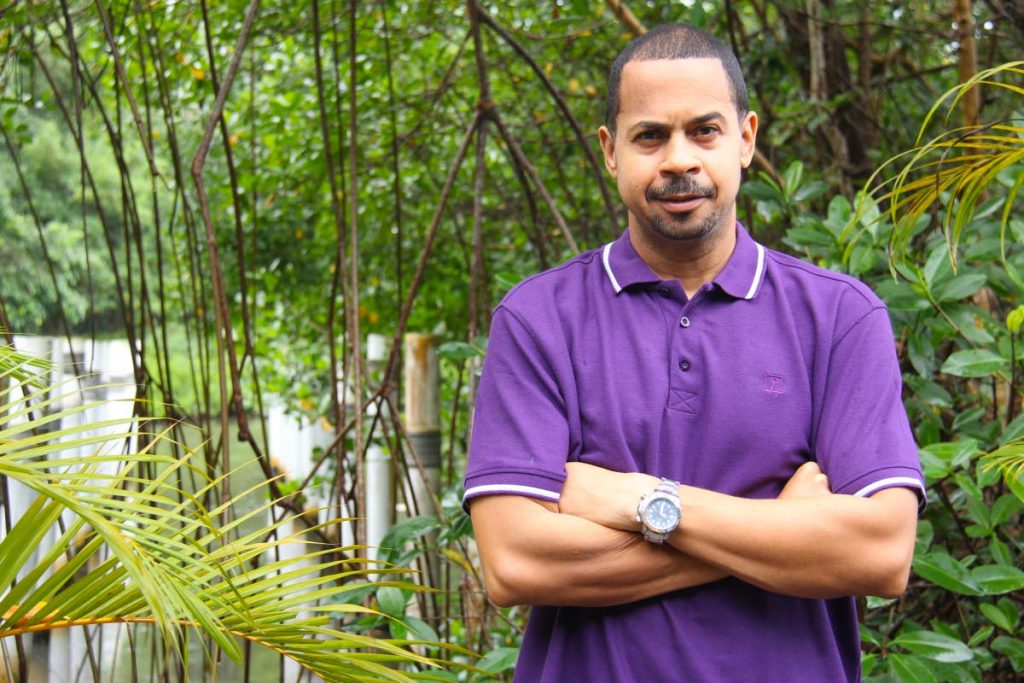St Vincent and the volcano

VINCENTIANS are faced with extraordinarily challenging circumstances. A volcano that's been signalling its intentions for several months now has erupted, spewing ash, rock, and chaos. This eruption couldn't have happened at a worse time, given that the region is stretched to the limit and beyond by an unrelenting pandemic. But then, disasters are nothing if not inconvenient.
Volcanologists suggest the La Soufriere volcano could remain active for weeks or even months. Even though its restive behaviour may have calmed somewhat over the past week, this shouldn't be taken as a sign that the worst has passed.
In 1902 La Soufriere exploded to life, killing 1,600 citizens. That eruption endured for nearly eight months. Interestingly, that same year Mt Pelee on the island of Martinique erupted, triggering one of the worst volcanic disasters on record. A particularly violent explosion obliterated the town of St Pierre, killing approximately 30,000 people in just minutes. Many were snuffed out by the poisoned air before their bodies were incinerated by superheated ash and gases.
There are 19 live volcanoes in the Eastern Caribbean. The Soufriere Hills volcano in Montserrat which had been dormant up until 1995, awakened, belching deadly pyroclastic flows and forcing the majority of islanders to flee. That volcanic activity continues to this day.
While life in the Caribbean can seem idyllic to many, the threat of disasters is omnipresent. Hurricanes, earthquakes, volcanoes – you name it, we've got it. Then there are the slower-moving disasters like sea-level rise and other extremes of climate change such as flooding and drought.
In TT, we may not have volcanoes of the deadlier, more destructive variety, but we have no shortage of disaster potential. We are in an active earthquake zone – a fact that we were reminded of in fairly dramatic fashion in 2018 with a 6.9 tremor that caused considerable damage, albeit without loss of life, thankfully. Severe flooding is a fairly common feature of life in Trinidad even though we are, for the most part, spared the ferocity of hurricanes that blow through the region. The thought of what flooding would truly look like in TT after several hours of sustained rainfall is terrifying.
Vincentians have probably gotten used to living in the shadow of a volcano. The authorities are sure to keep the idea of vigilant co-existence top of mind with activities like an annual volcano awareness week. Still, the disruptions to life are considerable; La Soufriere is no mere geological curiosity but a dangerous menace with proven lethal potential. Just under 1,500 families have been displaced so far.
Despite the severity of the situation, it is deeply moving to witness the extent to which the Caribbean community has rallied around St Vincent and the Grenadines. Supplies of water, cots, PPE and other items are pouring in. The true measure of a people is most evident when they give when they're least able to. With many islands in the region ravaged by the economic fallout of the pandemic, it's truly uplifting to see the outpouring of support for Vincentians in this period of uncertainty.
The eruption of La Soufriere is a stark reminder of the need for building resilience in the region. Long after the immediacy of disaster wanes, Caribbean countries must continue to work together to rebuild homes, lives, and economies.
Ten years after an earthquake shattered Haiti, killing nearly a quarter-million people, the recovery on that island is still glacial – and that's with billions in aid thrown at the crisis. While the story of Dominica, devastated by Hurricane Maria in 2017, is more encouraging, recovery was a painfully slow process.
It is time we, as a region, invest in resilience that would allow more vulnerable Caribbean nations the ability to rebound in faster time frames. Given that many of the islands' economies are dependent on tourism, they are trapped in a paradox – money desperately needed for the recovery and reopening of their tourism economies is, in the main, generated by the tourism economies shut down by disaster.
Disaster will always be the flip side of idyllic life in the Caribbean. Smaller islands often lack much-needed financial buffers to withstand paroxysms of calamity. Perhaps there could be a Caricom resilience fund into which members would contribute a percentage of GDP. This fund could function as a grant and loan facility to strengthen disaster elasticity in the region.
La Soufriere is an unfolding concern and our efforts quite naturally should be focused on the preservation of life. There is, though, a lesson in each disaster: relief is for the now, but resilience builds the future.

Comments
"St Vincent and the volcano"